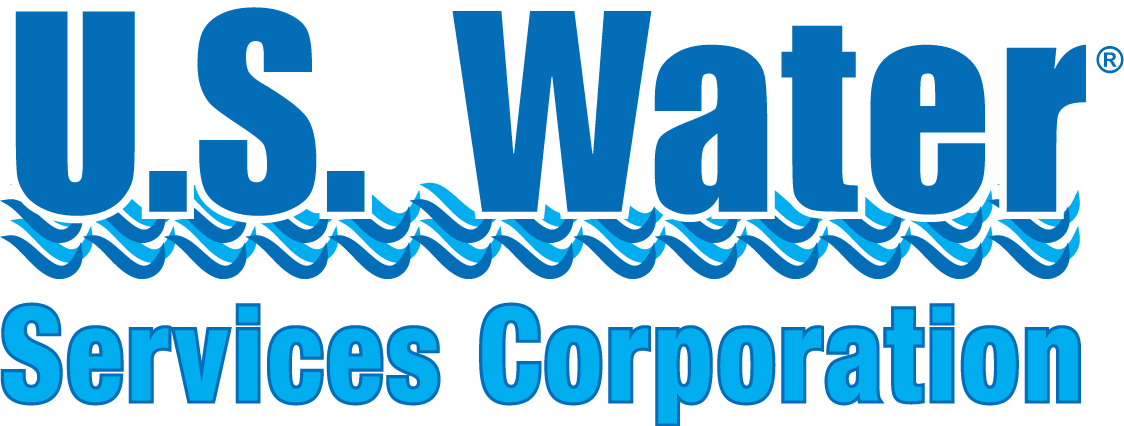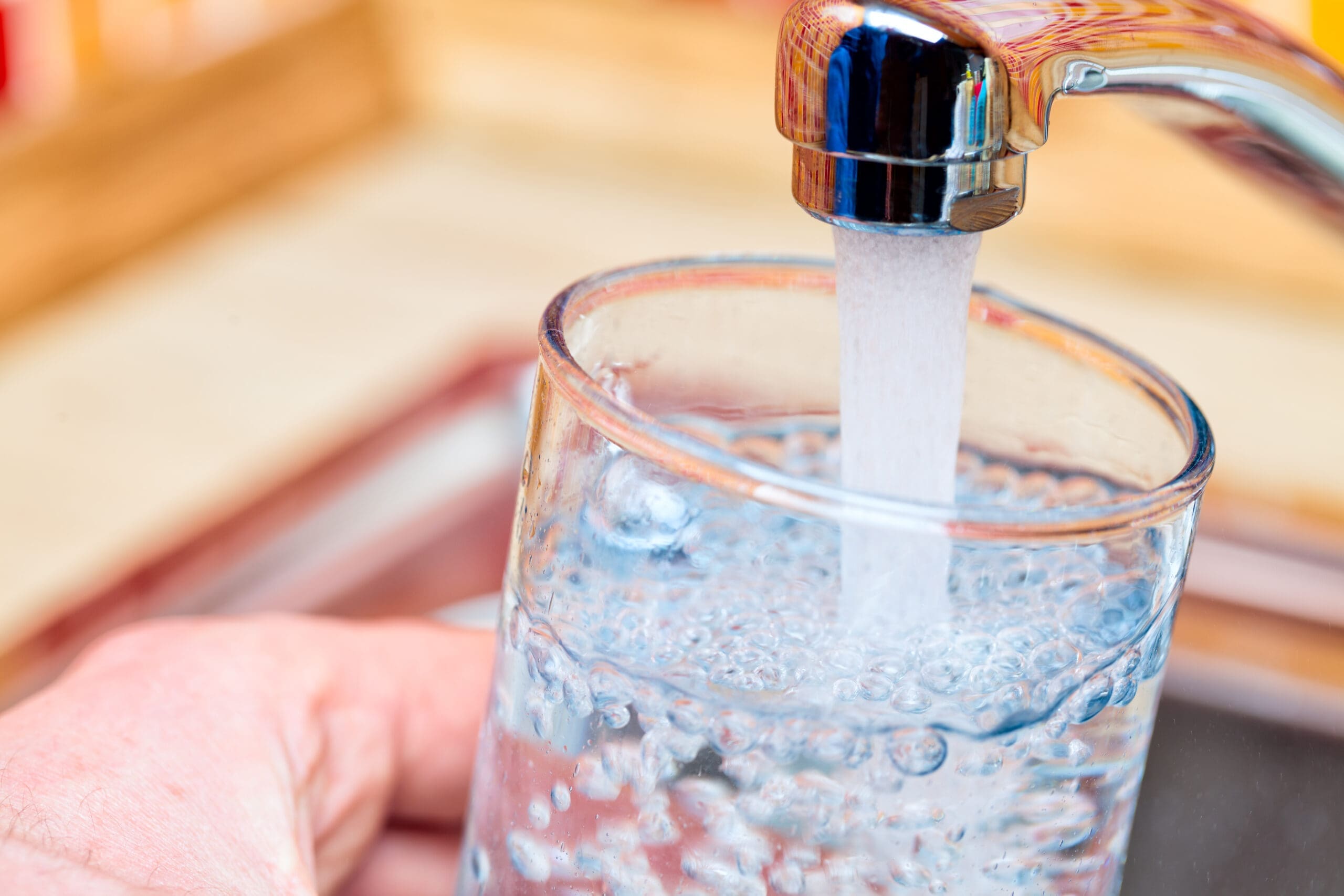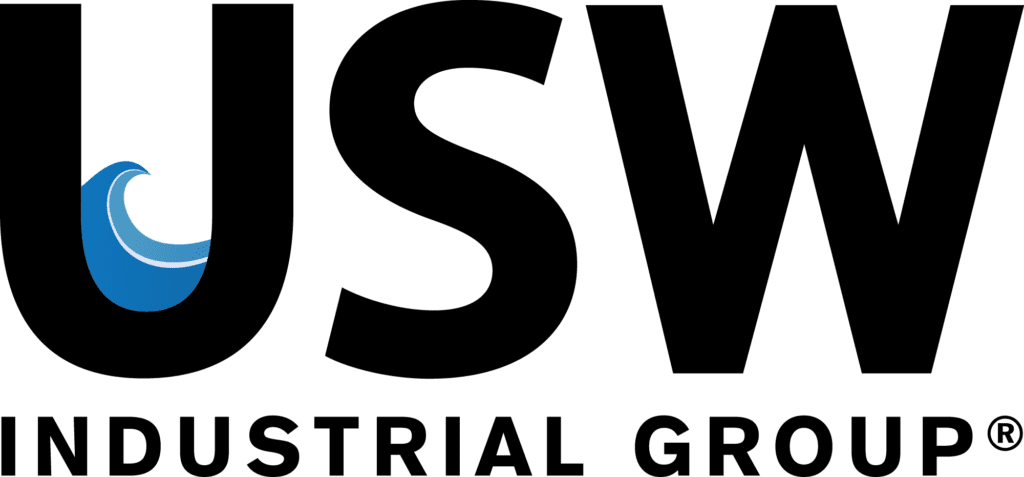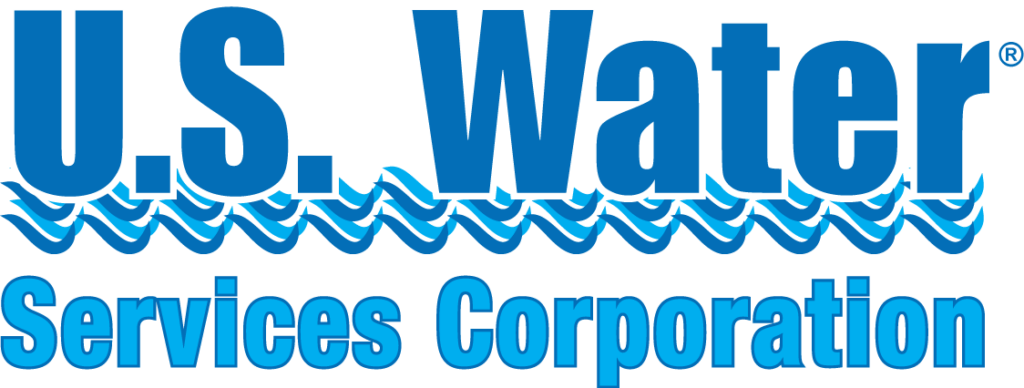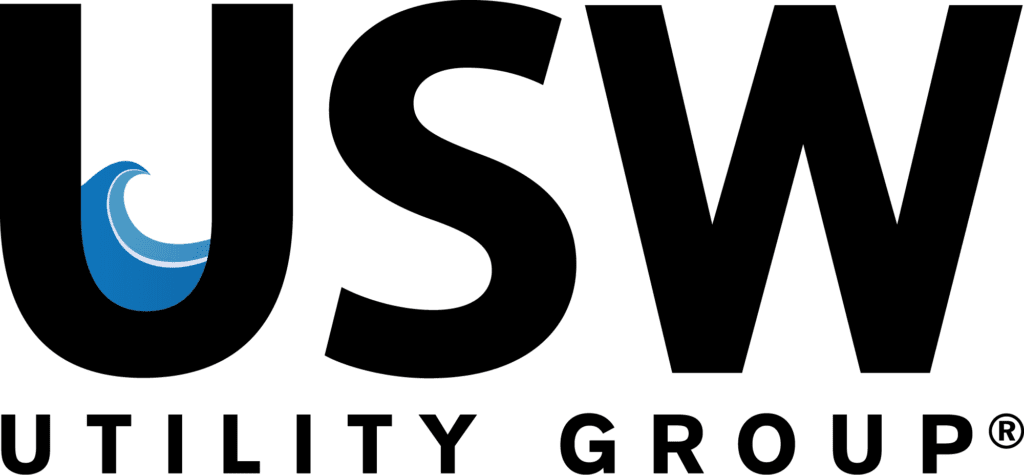On November 30th, 2023, the U.S. Environmental Protection Agency (EPA) took a step towards ensuring the safety of the nation’s drinking water with the announcement of proposed Lead and Copper Rule Improvements (LCRI). Exposure to drinking water contaminated with lead can cause serious human health impacts. As there is no known safe level of lead exposure, EPA proposes the LCRI to significantly reduce exposure to lead through drinking water.
Rule Summary
The proposed LCRI is a major advancement in protecting our communities from the significant, and irreversible, health effects from being exposed to lead in drinking water. The proposed improvements focus on several key aspects:
- Achieving 100% Lead Pipe Replacement within 10 years – The proposed LCRI would require the vast majority of water systems to replace lead services lines within 10 years.
- Locating Legacy Lead Pipes – Water systems are currently required to provide an initial inventory of their lead service lines by October 16, 2024. Under the proposed LCRI, all water systems would be required to regularly update their inventories, create a publicly available service line replacement plan, and identify the materials of all service lines of unknown material.
- Improving Tap Sampling – The proposed LCRI would make key changes to the protocol that water systems must use for tap sampling. Water systems would be required to collect first liter and fifth liter samples at sites with lead service lines and use the higher of the two values when determining compliance with the rule.
- Lowering the Lead Action Level – EPA is proposing to lower the lead action level from 15 µg/L to 10 µg/L. When a water system’s lead sampling exceeds the action level, the system would be required to inform the public and take action to reduce lead exposure while concurrently working to replace all lead pipes.
- Strengthening Protections to Reduce Exposure – Water systems with multiple lead action level exceedances would be required to conduct additional outreach to consumers and make filters certified to reduce lead available to all consumers.
Next Steps
EPA invited members of the public to review the proposed LCRI and supporting information and to provide written comments by February 5th, 2023 in the public docket associated with this rulemaking. EPA anticipates finalizing the LCRI prior to October 16, 2024. The EPA’s announcement reflects a comprehensive effort to modernize regulations and strengthen protections against lead and copper exposure in drinking water. As the nation collectively addresses the challenges associated with water quality, these proposed changes mark a crucial step towards a safer and healthier future for all.
